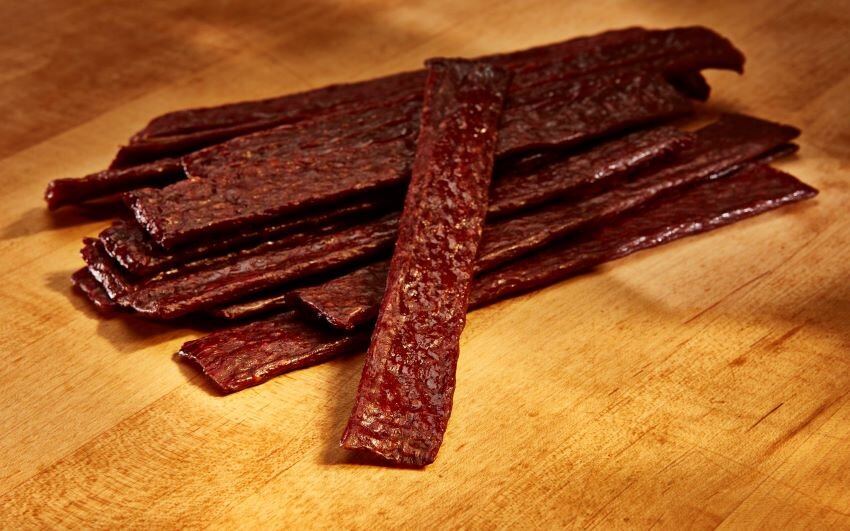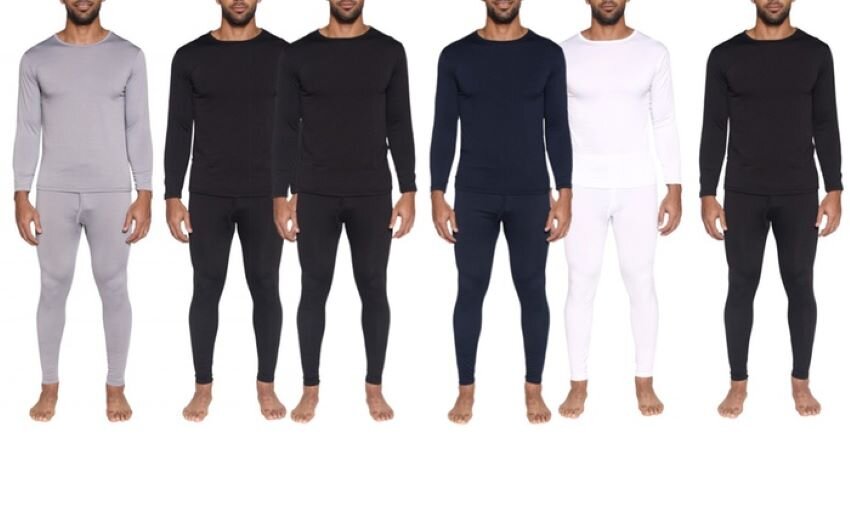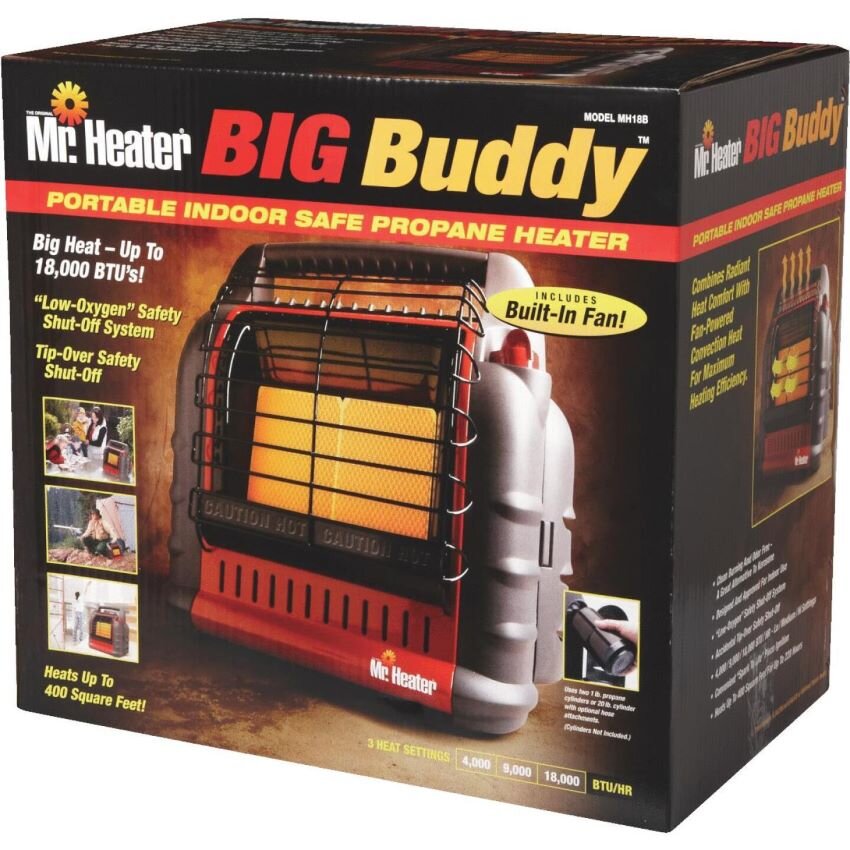Stay Warm Enough to Fish Effectively
We’ve fished in temperatures up to 114 degrees, and while you can adjust to that extreme by hydrating obsessively and wearing moisture-wicking clothing, I find fishing in freezing temperatures much more challenging. I’m not talking about relatively sedentary varieties like ice fishing, where you can sit in a heated ice house or shanty, but rather open-water fishing, often in a boat.
I’ve been on the water at Bassmaster Classics like the 2013 edition on Oklahoma’s Grand Lake, where it got down to 16 degrees, and the 2015 Classic on South Carolina’s Lake Hartwell where it was an awful 9 degrees at blast-off. Actually, it was 9 degrees at the time that was supposed to be blast-off, but several competitors’ boats froze to their trailers so the start of the tournament was delayed.
As a member of media, we’re not moving around much in the boat. That has advantages and disadvantages. On the one hand, we can bulk up because we’re not at the same risk of falling in. On the other hand, the lack of movement means that you can’t rely on adrenaline and blood flow to help the heating process. I’ve also fished local tournaments in sub-freezing temperatures, including one during a freak March snowstorm where the bass ate the dogsnot out of a spinnerbait.
You may be a “fair weather fisherman",” but some bucket list angling excursions require exposure to cold weather. As a result of all of my experiences under those adverse conditions, here are 10 strategies I’ve learned for maintaining the maximum amount of body heat and comfort
Don’t start cold – eat a good meal, with protein, before you get on the water. Some people like maximum time to acclimate to the frigid temps – but I’d rather suck up as much heat inside the tow vehicle as I can, for as long as I can. I drink a cup of coffee right before I head out. It warms up my innards.
Continue eating and drinking – You may not want to eat or drink when it’s cold, but you should. Your body needs extra calories to warm itself, and the weight of extra clothing may place even more demands upon it. Don’t vary heavily from your normal diet, but a good mix of fats, protein and carbs will help. Also, keep drinking water. It may not feel the same as when you’re hot, but it’s still easy to get dehydrated. Yes, I know that peeing is going to be a challenge – ladies need to expose it all to the elements, and dudes have to reach under all of those layers to find the damn thing – but don’t let that be the reason you stop drinking.
Dress in layers – If the weather is going to change throughout the day, you’re going to want to endorse the Goldilocks strategy – “not too hot, not too cold.” That requires layering your clothing so that you can strip off or add something as needed (remember, it may get colder, not warmer, as the day progresses).
Get good outer layers – As everyone who’s ever bought a cheap rain suit and then got stuck in a downpour knows, cheap rain gear is likely worth less than you pay for it. Buy the best quality bibs and jackets you can afford. For a rain suit, that likely means something from AFTCO or GILL or Simms or Cabela’s. One of the best things I learned while freezing my ass off at the 2013 Classic in Oklahoma was about the existence of the Stormr foul weather suit. It’s water-repellent neoprene, a bit more form-fitting than the traditional rain gear, and warm as can be. I’ve worn mine with just pants and a sweatshirt underneath in temps in the twenties and been reasonably comfortable.
Buy quality fabrics – Both natural fibers and synthetics should be top notch. Sure, we all have the standard issue cotton hooded sweatshirt, and that’s fine for some circumstances, but quality wool, fleece, down, silk and polyester can all provide even greater long-lasting comfort. You want the layers closest to you to wick sweat. If they get wet, they should dry quickly. While we were in Alaska last summer, one lodge guest raved about her Patagonia down pants as a layering item. I’ve been eyeing these Simms Fjord Pants (double-layer fleece) for layering under rain pants or my Stormr suit on the coldest days.
Get the right footwear – I have a variety of fishing footwear, from sandals to waterproof hiking boots to Muck Boots, but I reserve the heavy hitters for the really nasty times – a pair of Cabela’s 8-inch boots with 800 grams of Thinsulate. You can go higher and/or heavier, but you want to remain fairly light on your feet to avoid falling in the drink. For me this is a good balance. Your hunting boots or snow boots may do fine. I previously had a pair of Rocky Boots that served me well for many years, but they had an aggressive tread that wasn’t really necessary. When the boots finally started to come apart, I replaced them with some that had a more athletic sole, which is fine since I won’t be using them for much treacherous climbing.
Consider heated insoles – At the 2015 Classic, when we knew that single-digit temperatures were likely, I treated myself to a 45th birthday present of rechargeable heated insoles. I believe they were about $70 or $80. They work well enough that at times I find my feet get too warm, a good problem to have. If you don’t want to invest in these (or even if you do), inexpensive hand/toe warmers can also be helpful.
Gloves are crucial (bring extras) – I have trouble wearing gloves to fish on all but the coldest days. Even if they’re super-thin I just don’t feel that I have as much control over my rod and reel. I’ve compensated by buying multiple cheap pairs of garden gloves and cutting the fingers off. Then I cycle through them during the day. If they get wet, they get replaced. I also keep a pair of heavy insulated mittens at the boat’s console for driving. It’s easier to get your hands into mittens than gloves while wearing another layers, especially if it’s damp. Your mileage may vary and some think golfing/biking/shooting gloves might work for you all day. I’ve also seen anglers put latex surgical gloves on their hands to keep them from getting damp – they’re not a cure-all, just a first layer to be worn under other gloves.
Heat Pad – My friend and colleague Steve Bowman taught me this one at the 2015 Classic: Buy some Therma Care heat wraps and affix one to your back with bandaging or medical tape, either directly to your back or just over your first layer. They’ll warm your core, which has an impact on the rest of your body.
Mini-Heater – I’m recommending this one with a bit of trepidation, because if not used carefully it can result in terrible danger, but I’ve been in several media boats where we’ve used Mr. Buddy portable propane heaters to stay warm. Again, if you decide to go this route, please be extra-careful, but on a 9 degree day, when I had to take my gloves off to type a lengthy blog on the phone, this was the difference between fat-fingered word salad and a coherent entry.















